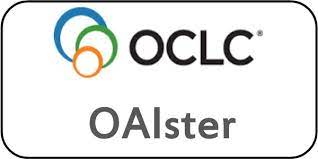A Study of Erectile Dysfunction in Male Diabetes Patients and its Correlation with Platelet-Lymphocyte Ratio
Keywords:
Erectile dysfunction, diabetes, platelet-lymphocytic ratioAbstract
Introduction: Erectile dysfunction (ED) constitutes a large burden on society given its high prevalence and impact on quality of life. Diabetes is a common cause of organic ED. Prevalence of ED in diabetes ranges from 35% to 85% depending on the study, versus 26% in general population. Platelet-lymphocyte ratio (PLR) has been detected as an important marker for inflammation. Some studies have identified its role in ED but more research is needed. Material and methods: It was a hospital-based prospective observational study. According to International Index of Erectile Function (IIEF)-5 questionnaire, patients were divided into 4 categories: mild ED with score 17 to 21, mild-to-moderate ED with score 12 to 16, moderate ED with score 8 to 11 and severe ED with score 1 to 7. Presence of ED and its severity was correlated with age, residence, duration of diabetes, glycemic status, lipid profile, PLR, complications, body mass index (BMI), etc. Results: Prevalence of ED in male diabetes patients was found to be 72.4%. Among 110 cases with ED, 8 had mild ED (7.2%), 27 had mild-to-moderate (24.5%), 27 had moderate ED (24.5%) and 48 had severe ED (43.6%). Prevalence of ED was found to be proportional to age. Majority of cases in ED group were those with long-standing diabetes. Correlation of ED with complication of diabetes, like nephropathy and retinopathy, was significant, whereas it was not significant with neuropathy. Significant correlation of ED was found with BMI and PLR. Conclusion: ED prevalence was high among the diabetes patients and it increased with age and duration of the disease. Presence of diabetic complications was significantly associated with ED. BMI was significantly associated with development of ED. PLR was significantly higher in ED group and closely related to severity of ED.
Downloads
Published
Issue
Section
License
All open access articles published in IJCP are distributed under the terms of the CC BY-NC 4.0 license (Creative Commons Attribution-Non-Commercial 4.0 International Public License). This license permits unrestricted use, distribution, and reproduction of the articles in any medium for non-commercial purposes, provided that: The original authorship is properly and fully attributed. The IJCP is cited as the original place of publication with correct citation details. If an original work is reproduced or disseminated in part or as a derivative work, this must be clearly indicated. No articles are reproduced for commercial use without prior consent from the IJCP. All licensing requests and permissions for commercial use will be managed by the Publisher.










